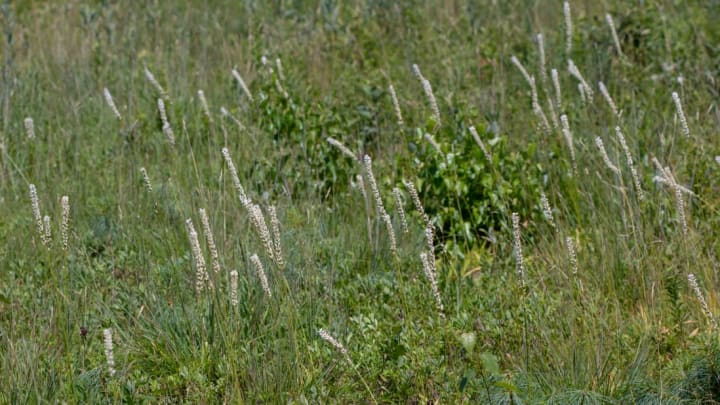Maine conservationists just rediscovered a plant that hasn't been seen in the state for more than a century, according to the Bangor Daily News. The rare unicorn root, also known as the white colic-root or colicroot, was last documented in 1887.
This summer, the Maine Natural Areas Program—part of the state's Department of Agriculture, Conservation and Forestry—located and documented examples of the plant near the town of Bowdoin. The plants were growing in a damp field on private property.
While rare to spot, Aletris farinosa is native to much of the southern and eastern U.S. and Ontario, Canada, and often grows in moist prairies and meadows. (Some of its close relatives grow elsewhere in the world, too. There are a number of species in the genus Aletria that grow in Asia.) Historically, it was used as a medicinal plant to treat digestive issues, among other ailments.

Only three specimens of unicorn root have previously been collected and officially documented in Maine in the last 145 years: one in 1874 near the town of Brunswick, one in 1879 near the town of Wells, and one in 1887 near the city of Lewiston.
It's not quite clear how the recently spotted specimen popped up in Bowdoin after years of no sightings. The seeds may have been buried underground for years and only recently turned up due to bulldozers or a fire shifting the soil around, as botanist Don Cameron of the Maine Natural Areas Program told the Bangor Daily News. It's unclear what will happen to these particular plants now, since the field they are growing in is on private property, but Cameron noted that the property owner seems amenable to protecting the plant.
[h/t Bangor Daily News]
